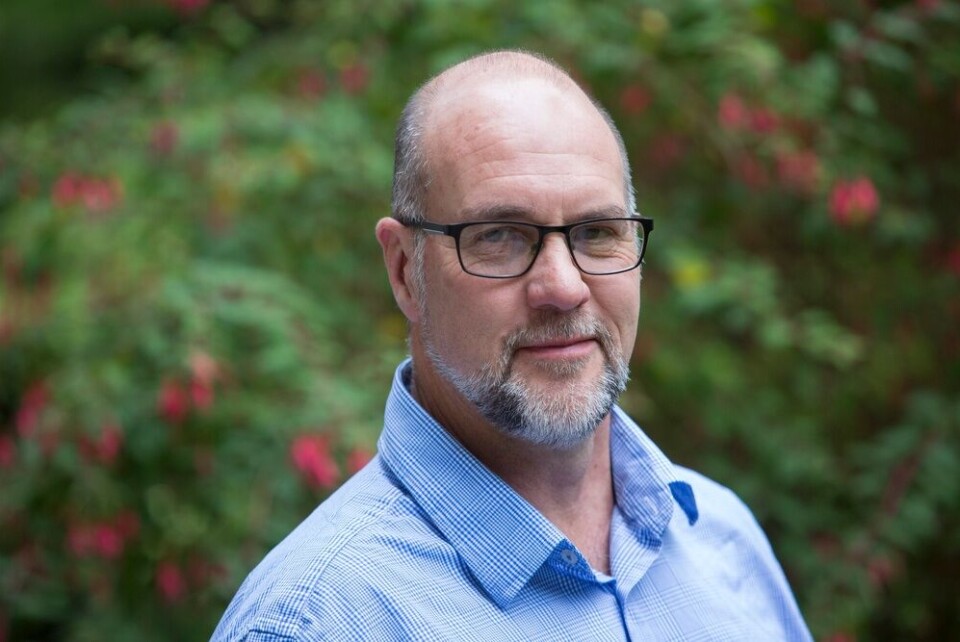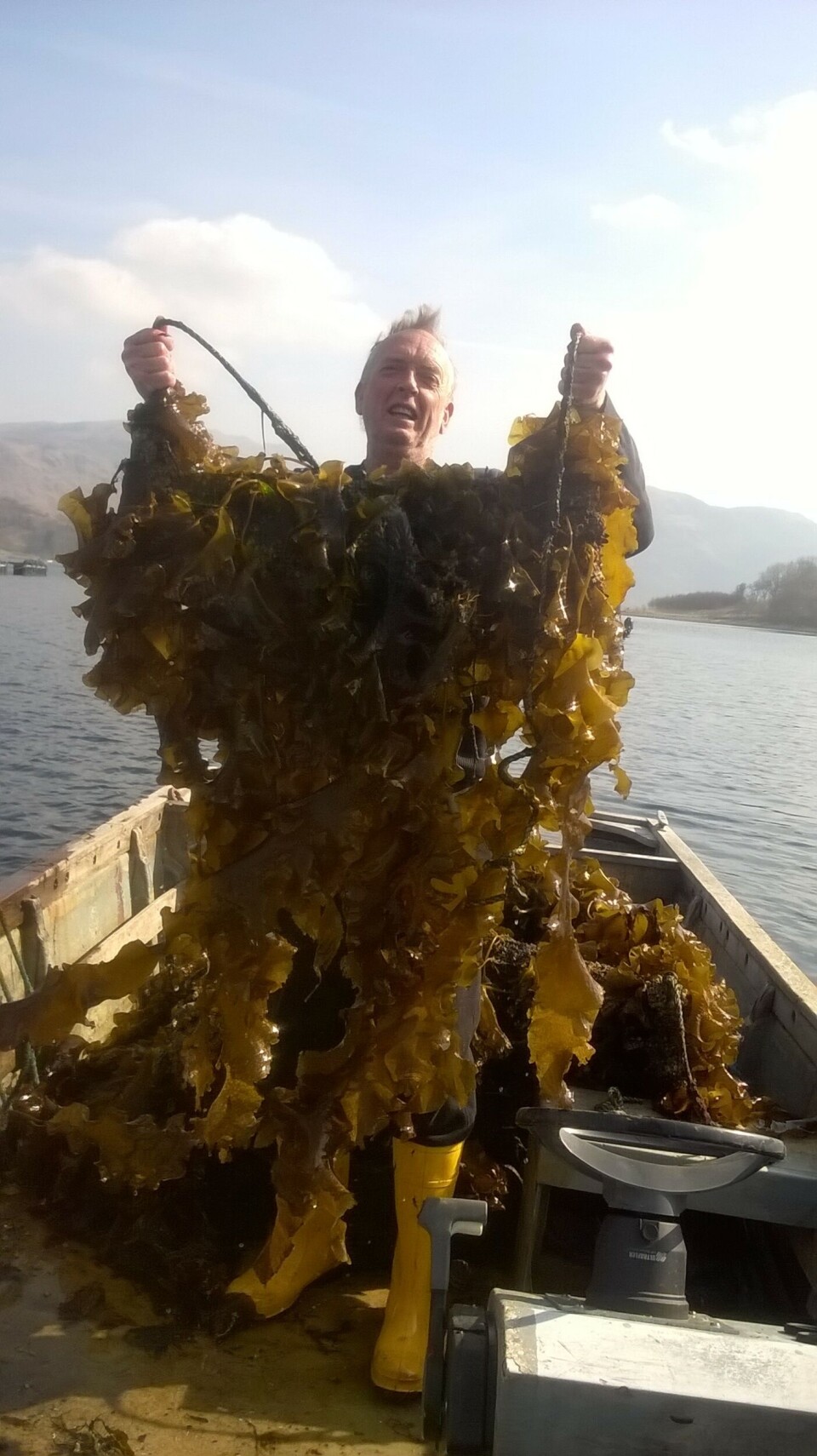
Cultivation is key to seaweed success
The nascent Scottish seaweed industry needs to move towards increasing levels of cultivation, as opposed to wild harvesting, if it wants to grow sustainably.
So Alex Adrian, Aquaculture Operations Manager for The Crown Estate’s Scotland Portfolio, argues. Speaking ahead of the debut conference of the Scottish Seaweed Industry Association (SSIA) – for which more than 80 delegates have now registered – he explains his expectations for the event and for the seaweed sector in general to Fish Farming Expert, as well as a few of the key issues that he believes need to be addressed.
He is particularly pleased that the embryonic trade body looks like it will include both wild harvest and cultivation interests in its ranks.
“I think it’s good that the industry has arranged the conference and excellent that both cultivators and harvesters are both going to be under one roof – it’s much better than developing two parallel industries and useful if they can work together in terms of the provenance and badging of seaweed products,” he points out.

He also sees the formation of such a trade association as a key step towards industry self-regulation – something that is particularly important due to the key ecosystem service that seaweed provides and the difficulty of an outside agency monitoring harvesting intensities and practices.
“Hopefully in time it [the development of the SSIA] will lead to the development of a code of conduct, especially for harvesting, that can serve among other things to deter unregulated harvesters. It’s difficult to police the coastline, and so it makes more sense to ensure that seaweed finding its way to the market is sustainably and legally sourced through recognised industry controlled provenance labelling. This is one of the key topics scheduled to be discussed at the Oban event and it’s good to see that quality assurance and provenance are being addressed at the conference,” he adds.
The difficulty of an external body enforcing rules is exacerbated by the fact that The Crown Estate manages about 50% of Scotland’s foreshore and the rest is owned by a selection of landlords. As a result Alex believes the industry would benefit from robust self-regulation to ensure that the wild harvest remains sustainable all along the coast – an essential element for market, and stakeholder confidence.
“There’s a finite capacity of harvestable wild seaweed and the industry needs to grow sustainably through control of its own practices. Seaweed provides so many ecosystem services and demonstrably evident and assessable self-regulation is the best way to help to ensure these survive alongside viable harvesting business,” he observes.
He is also excited by the event’s opening talk, from Ólavur Gregersen, Managing Director of Ocean Rainforest – a Faroese firm which is currently cultivating seaweed on a commercial scale.
“It is good to see someone farming seaweed ‘in anger’, it’s a real positive for the conference and a great example for potential growers in Scotland,” he reflects.
A growers’ guide
Alex is keen to emphasise that the process for applying to farm seaweed is relatively straightforward in Scotland and the price to rent a site will reflect the fact that it’s an emerging industry which The Crown Estate is keen to see flourish.
“The application process for a site lease is similar to fish farms, but although you need to get a marine licence, no planning permission is needed, as it’s neither a fish nor a shellfish,” he explains.

He is also keen to encourage the use of seaweed as part of an IMTA strategy in conjunction with salmon farming, for example.
“We’re supportive of IMTA and of growing seaweed as part of a salmon lease – anything that’s both environmentally and economically sustainable is a good idea,” he points out.
Despite this, however, he adds the caveat that no one in Scotland has yet shown that cultivation of seaweeds can be profitable, to date – with Scotland’s only cultivator, in Shetland, having recently gone into liquidation.
“One of the reasons that harvesting is so attractive is the relative lack of start-up costs required and it’s a question of whether someone can make seaweed cultivation pay,” he reflects.
“While in the Far East cultivation has been shown to be profitable, this is because it is undertaken on an artisanal basis on a massive scale, but in a more high tech economy such as Scotland this is harder to achieve. It is also dependant on the market, but operators such as Mara are showing that this is growing,” he points out.
“It’s a bit of an unknown at the moment, but I’d like to see it develop and succeed. Hopefully the example of Ocean Rainforest could provide a useful model,” he concludes.
The Scottish Seaweed Industry Association’s debut conference is taking place at Oban’s Corran Halls on November 16th. For more information see https://seaweedscotland.org/






















































